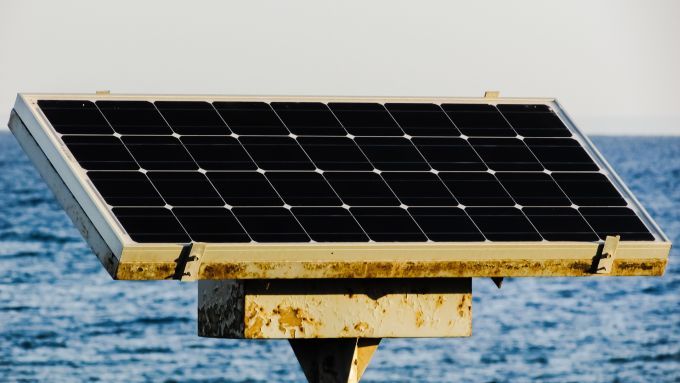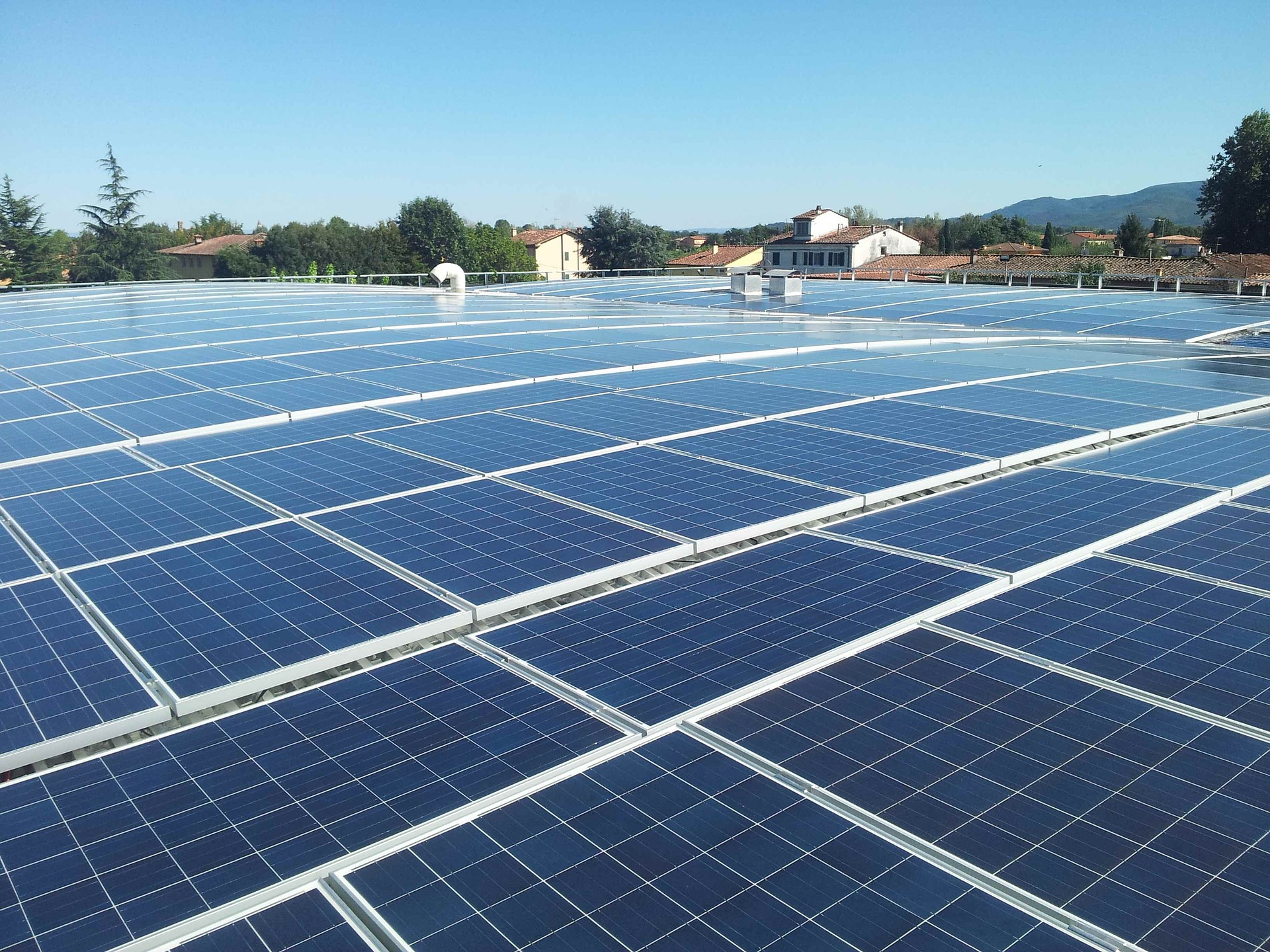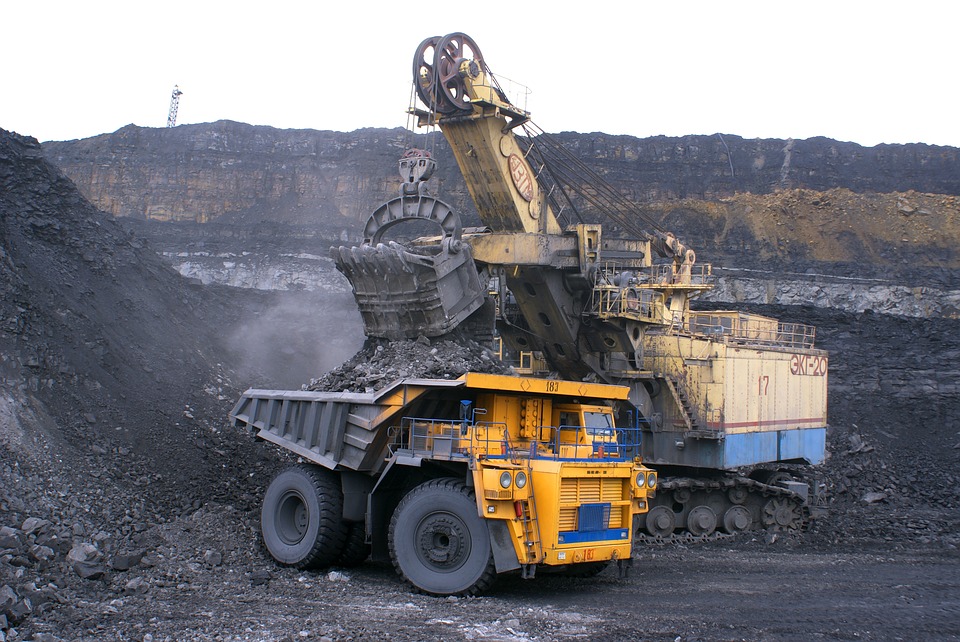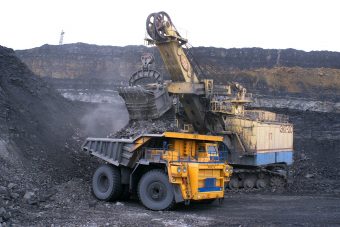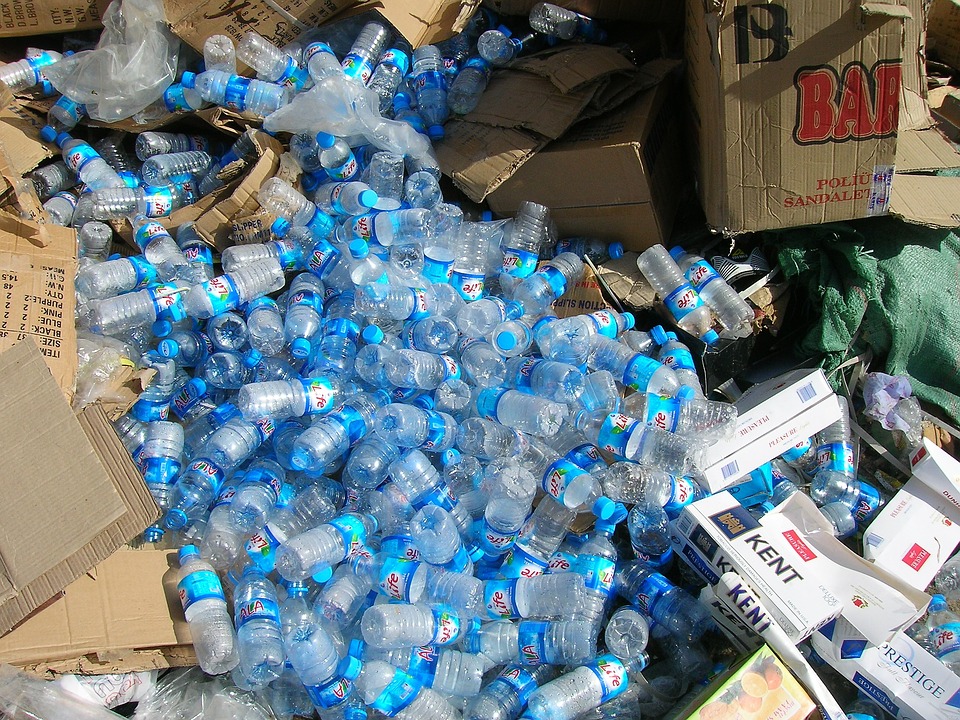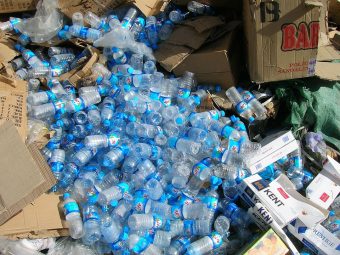Nova Innovation claims it has developed the world’s first grid-connected baseload tidal power station.

Scottish cleantech firm Nova Innovation is using Tesla batteries with its tidal energy technology to deliver what it claims is the world’s first grid-connected baseload tidal power station.
Since October, the company’s Tidal Energy Storage System (TESS) demonstrator is helping to improve energy security, reduce carbon emissions and balance supply and demand.
It says the predictability of the tide and the six-hour generation cycle times of its equipment means it is well-suited to being integrated with energy storage.
Nova Innovation predicts as the technology is scaled up in coming years, baseload tidal powercould have the ability to displace nuclear and coal generation.
CEO Simon Forrest said: “By storing the clean energy generated by the natural ebb and flow of the tide, we can control the supply of electricity to the grid to match demand. This creates a consistent source of completely predictable power from a clean, sustainable resource.
“Nova Innovation’s expertise in smart grid control, renewable generation and energy storage has delivered this game-changing innovation. We now look forward to expanding our services to other markets and renewable projects.”
Source: Energy Live News


